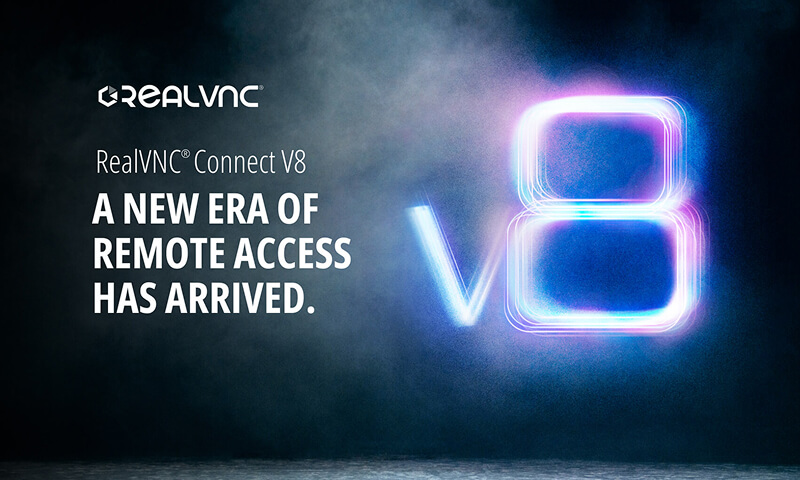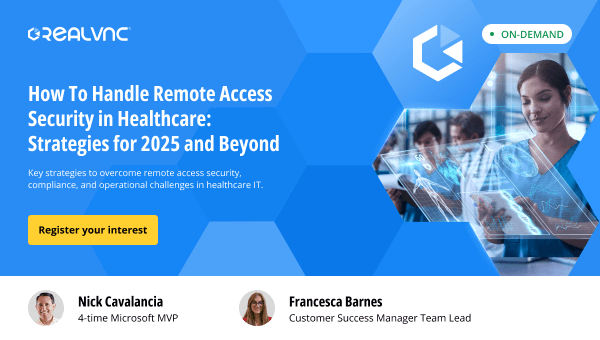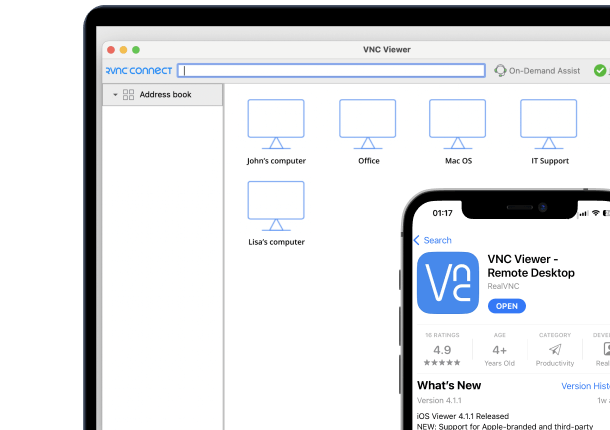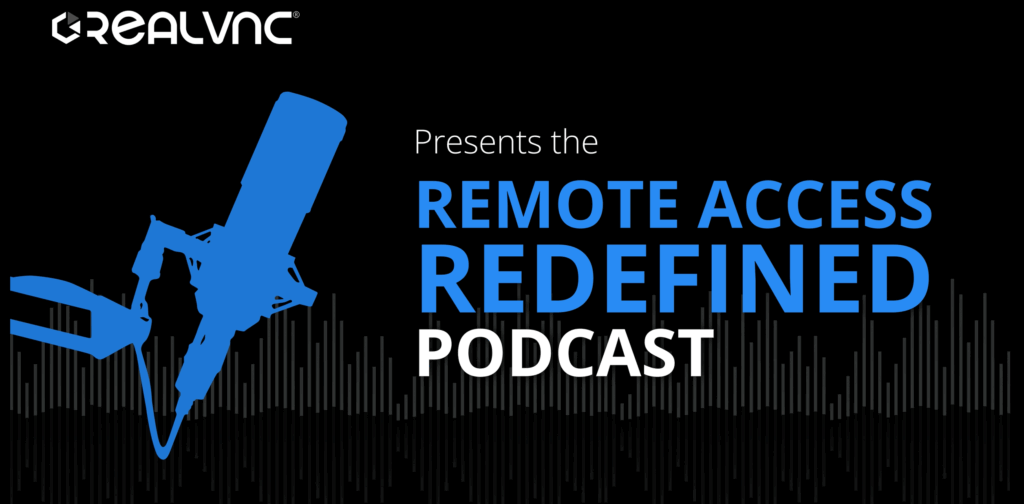Secure remote access bridges your product functionality and the trust of your customer. Today we start a new series of articles about what a medical device manufacturer should look for when embedding remote access.
For businesses embedding remote access capabilities directly into their products (be it via OEM or SDK solutions), security is essential. Secure remote access not only protects your customers and their sensitive data. It also safeguards your reputation and ensures regulatory compliance.
This series will go through a checklist that helps you evaluate the critical security measures necessary when implementing embedded remote access within your products. It will also help you discover how RealVNC can support you in delivering secure, reliable, and robust solutions.
But what are the checklist points we’re looking at today?
- Encryption: The First Line of Defence
- Strong Authentication and Access Control
- Audit Trails and Monitoring
Imagine this scenario: a life-changing medical-device is accessed remotely to help with a diagnosis. However, the connection is not secure.
The possible consequences are not very hard to imagine. They can range from exposed sensitive data being exposed to ruining regulatory compliance. The reputational damage is incalculable.
Secure remote access is what builds the bridge between your product’s functionality and customer trust. It helps protect patient data. It also helps with regulatory compliance, and helps your company stay away from cyberattacks.
However, not all remote access is created equal. This level of security requires meticulous planning, especially when choosing your supplier.
This new series of blogs will, hopefully, make that process much easier for you. Today, we look at two of the essential building blocks of remote access security. We’re talking about encryption, and strong authentication and access controls. They both play incredibly important roles.
Encryption: The First Line of Defence
Data that travels from one place to the other is vulnerable to interception. Encryption protects sensitive data both in transition and at rest. This helps prevent unauthorized access or interception. This is essential, as it helps protect privacy and compliance.
The best practice is the utilization of end-to-end encryption protocols like AES-256 and TLS 1.2+ with Perfect Forward Secrecy (PFS). With these, even if someone should intercept the data, they would have no way of decrypting it. Make sure you verify the effectiveness of the encryption on a regular basis.
RealVNC uses full end-to-end AES-GCM encryption (128 or 256-bit) with Perfect Forward Secrecy. Web API calls use at least TLS 1.2, ensuring secure data transit.
Strong Authentication and Access Controls
Authentication is the door that someone needs to go through in order to access the data. Without a strong door (strong identification measures), you might not even know who’s able to come in.
Robust authentication and access control make sure that a specific resource is only accessed by those who are authorized.
A multi-layered approach is essential in this case. Make sure you use MFA (Multi-Factor Authentication), combined with SSO (Single Sign-On). Also make sure that you use granular, role-based access controls.
RealVNC uses two-factor authentication by default (email-based/TOTP). It also supports SSO, and mandates separate local/domain credentials for remote sessions. Finally, our products offer brute force protection, granular permission, as well as gatekeeping controls.
Audit Trails and Monitoring
There is no security without accountability. To improve, you need to be able to go back to a security event and see what went wrong. And, at the same time, establish accountability. This is where audit trails and monitoring come into play.
Maintain detailed logs of remote-access activities and regularly audit them. Integrate these into security information and event management (SIEM) systems for real-time monitoring and incident detection.
RealVNC logs detailed session events locally and using cloud-based audit tools. You can integrate these with external logging systems, so you can have the best possible auditing and monitoring.
Improve Your Security Stance!
The series will continue very soon here on the blog. In the meantime, make sure you find out all the important facts and insights about remote access integration from our Playbook. It’s free and you can download it here.
